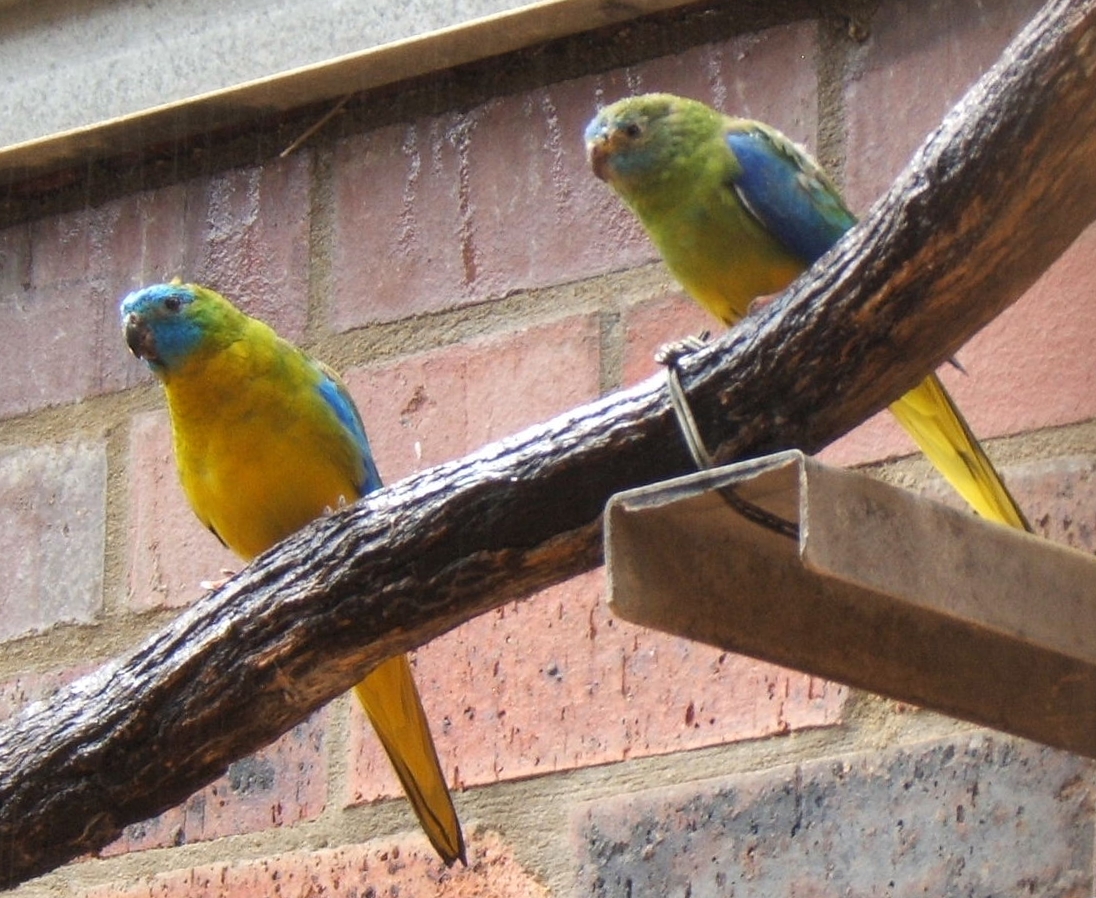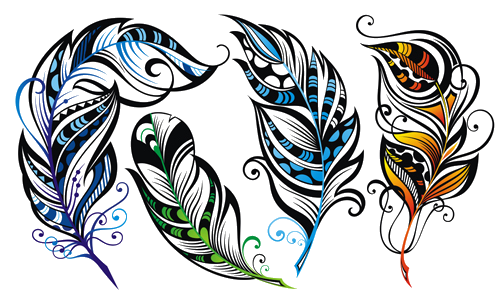Turquoise Parrot - Neophema Pulchella - Least Concern
The turquoise parrot (Neophema pulchella) is a species of parrot in the genus Neophema native to Eastern Australia, from southeastern Queensland, through New South Wales and into North-Eastern Victoria. It was described by George Shaw in 1792. A small lightly built parrot at around 20 cm (8 in) long and 40 g (1 1⁄2 oz) in weight, it exhibits sexual dimorphism. The male is predominantly green with more yellowish underparts and a bright turquoise blue face. Its wings are predominantly blue with red shoulders. The female is generally duller and paler, with a pale green breast and yellow belly, and lacks the red wing patch.
Found in grasslands and open woodlands dominated by Eucalyptus and Callitris trees, the turquoise parrot feeds mainly on grasses and seeds and occasionally flowers, fruit and scale insects. It nests in hollows of gum trees. Much of its habitat has been altered and potential nesting sites lost. Predominantly sedentary, the turquoise parrot can be locally nomadic. Populations appear to be recovering from a crash in the early 20th century. The turquoise parrot has been kept in captivity since the 19th century, and several colour variants exist.
Description: Ranging from 20 to 22 cm (8–83⁄4 in) long with a 32 cm (12 1⁄2 in) wingspan, the turquoise parrot is a small and slightly built parrot weighing around 40 g (1 1⁄2 oz). Both sexes have predominantly green upper parts and yellow underparts. The male has a bright turquoise-blue face which is darkest on the crown and slightly paler on the lores, cheeks and ear coverts. The neck and upper parts are grass-green, and the tail is grass-green with yellow borders. The wing appears bright blue with a darker leading edge when folded, with a band of red on the shoulder. The underparts are bright yellow, slightly greenish on the breast and neck. Some males have orange patches on the belly, which may extend to the breast. When extended, the wing is dark blue with red on the trailing edge on the upper surface, and black with dark blue leading coverts underneath. The upper mandible of the bill is black and may or may not fade to grey at the base, while the lower mandible is cream with a grey border in the mouth. The cere and orbital eye-ring are grey and the iris is dark brown. The legs and feet are grey.
Generally duller and paler, the female has a more uniform and paler blue face, with highly contrasting cream bare skin around the eye. It lacks the red shoulder band, and the blue shoulder markings are darker and less distinct. The throat and chest are pale green and the belly is yellow. The upper mandible is paler brown-grey with a darker tip, and has been recorded as black while nesting. The lower mandible is pale grey to almost white. When flying, the female has a broad white bar visible on the underwing.
Juvenile birds of both sexes have less extensive blue on their faces, the coloration not extending past the eye. The upperparts resemble those of the adult female.[18] Both sexes have the white wing-stripe, which disappears with maturity in males. The immature male has a red patch on the wing and may also have an orange wash on the belly.
Distribution and Habitat: The turquoise parrot is found in the foothills of the Great Dividing Range and surrounding areas.[20] The northern limit of its range is 26° south in southeastern Queensland, around Cooloola, Blackbutt and Chinchilla, extending westwards to the vicinity of St George. Before 1945, it had been recorded as far north as the Suttor River and Mackay. In New South Wales, it is found in a broad band across the central and eastern parts of the state, with its western limits delineated by Moree, Quambone, Hillston, Narrandera and Deniliquin. There have been unconfirmed sightings in the far west of the state. In Victoria it is found in the vicinity of Wangaratta as well as East Gippsland and around Mallacoota. Sightings in South Australia are likely to have been the scarlet-chested parrot, the similar appearance of the females leading to confusion and misidentification.
The turquoise parrot inhabits open woodland and savanna woodland composed either of native cypress (Callitris species) or eucalypts, particularly white box (Eucalyptus albens), yellow box (E. melliodora), Blakely's red gum (E. blakelyi), red box (E. polyanthemos), red stringybark (E. macrorhyncha), bimble box (E. populnea), or mugga ironbark (E. sideroxylon), and less commonly Angophora near Sydney, silvertop ash forest (E. sieberi) in Nadgee Nature Reserve, and stands of river red gum (E. camaldulensis), mountain swamp gum (E. camphora) or western grey box (E. microcarpa) in flatter more open areas. Within this habitat, it prefers rocky ridges or gullies, or transitional areas between different habitats, such as between woodland and grassland or fields in cultivated areas.
The turquoise parrot is considered sedentary and does not migrate, though its movements are not well known. Birds are present in some areas all year, though in northern Victoria they are thought to move into more open areas outside the breeding season. Some populations may be locally nomadic, following availability of water.

Psittaciformes, The Parrot Index, a part of Phoenix Feathers © 2016 - 2023
Page last updated: 12/24/23
Phoenix Feathers

